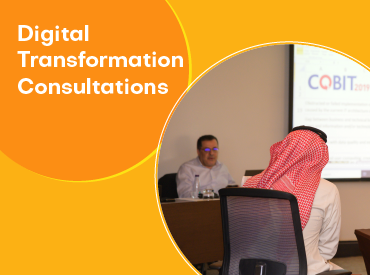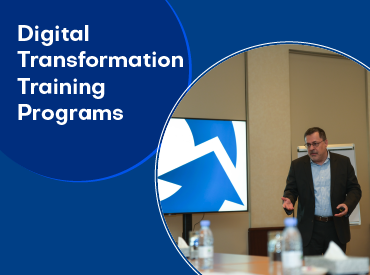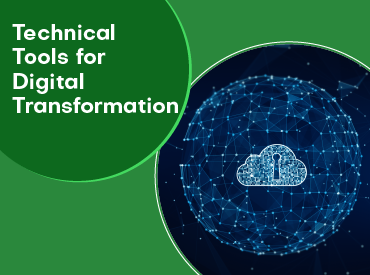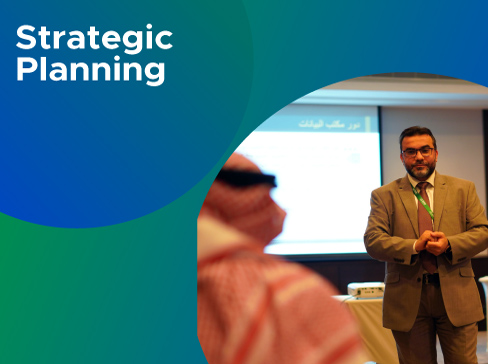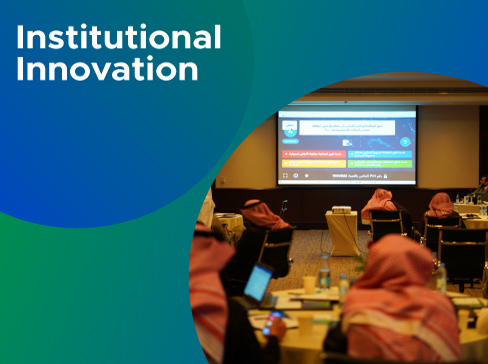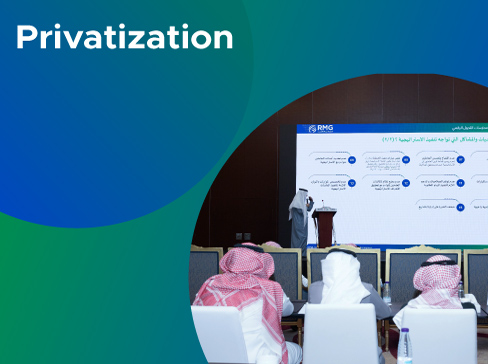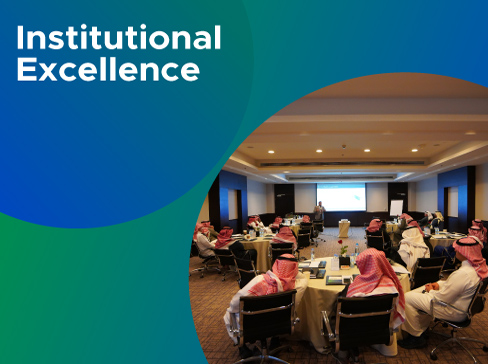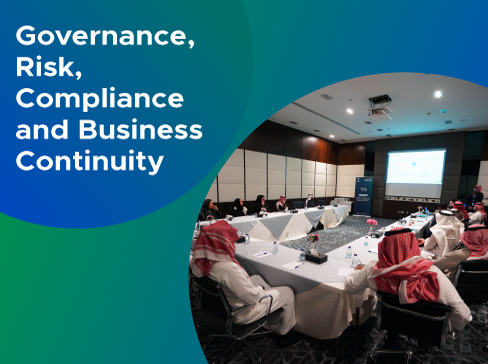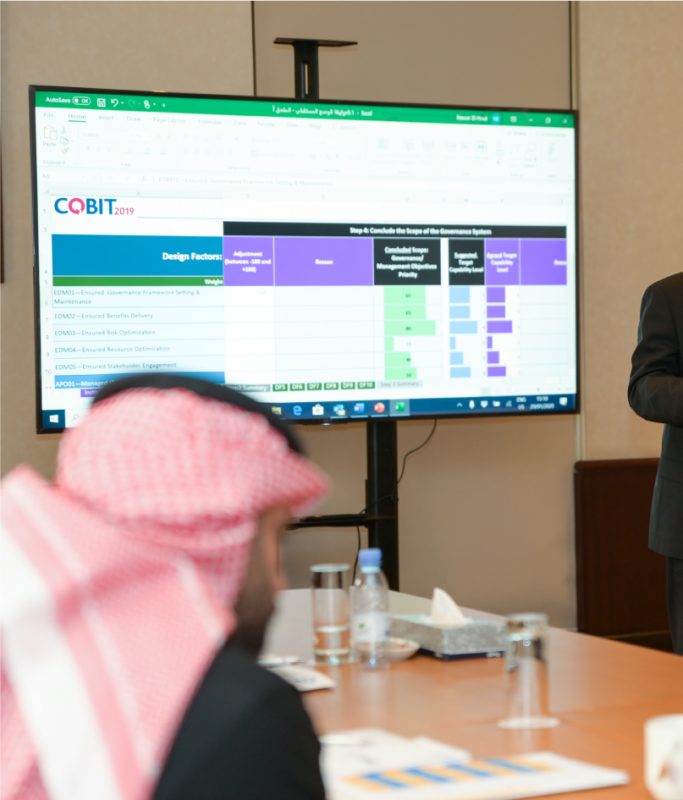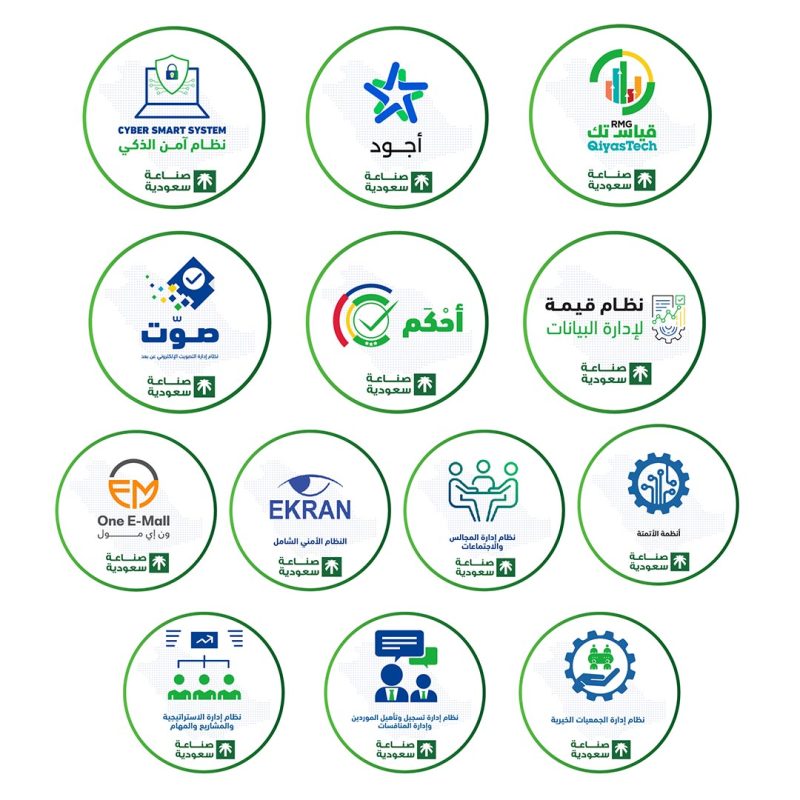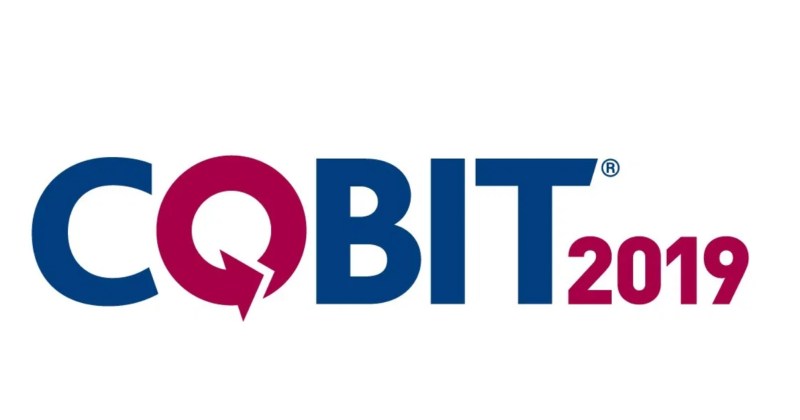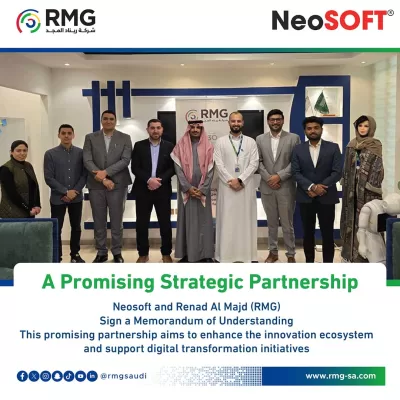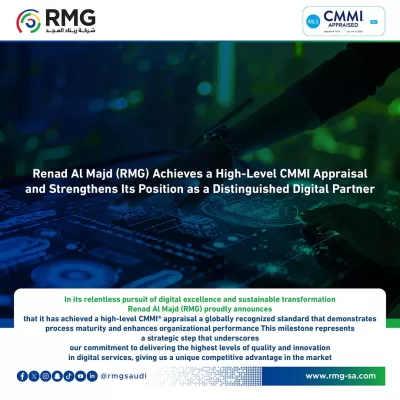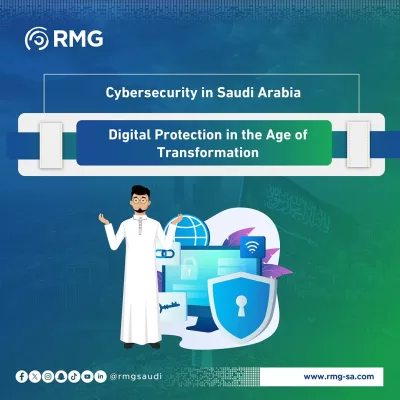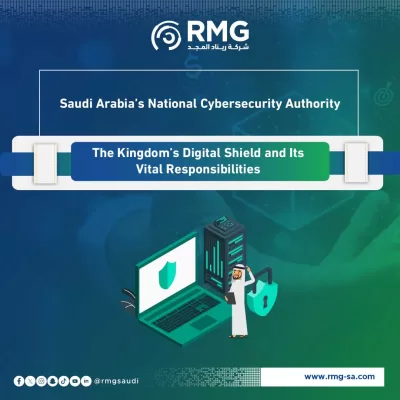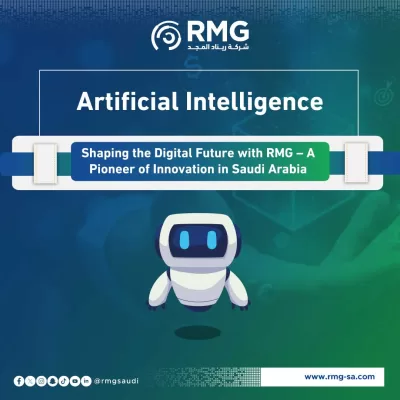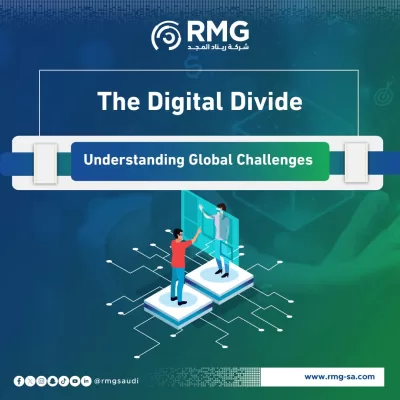Blog Body
With the great development in the business sector, the world is now moving towards providing a work environment in which many modern technologies, such as Social media platforms, Cloud Computing, and Data Analysis Techniques, and with the increase of this development, which leads to an increase in the rate of business success, but at the same time it indicates concerns and other risks related to the management and governance of information technology, which led to the emergence of a need for radical solutions to IT risk scenarios, for this reason, COBIT framework was created as an effective solution that helps governance in companies and facilities.
In this article, we will explain the Concept, Benefits, Components, and Principles of the COBIT framework.
What Is COBIT Framework?
It is a framework established by the Information Systems Auditing and Control Organization (ISACA) to manage and govern information technology within organizations, where effective governance of information technology is critical and the basis for Business Success.
COBIT framework is defined as an internationally recognized information technology framework, also called a frame/ model reference for security and to ensure the optimum utilization of information technology, used to improve business performance with a balanced framework to create value for IT and reduce potential risks from it.
Consists of a set of established and accepted practices and processes (with each process the inputs and outputs of the process are identified, the main process activities, the process objectives, performance measures, and the capability maturity model (CMMI) to ensure that the information technology used within the organizations covers the business objectives, the resources are used well, and that risks are adequately monitored.
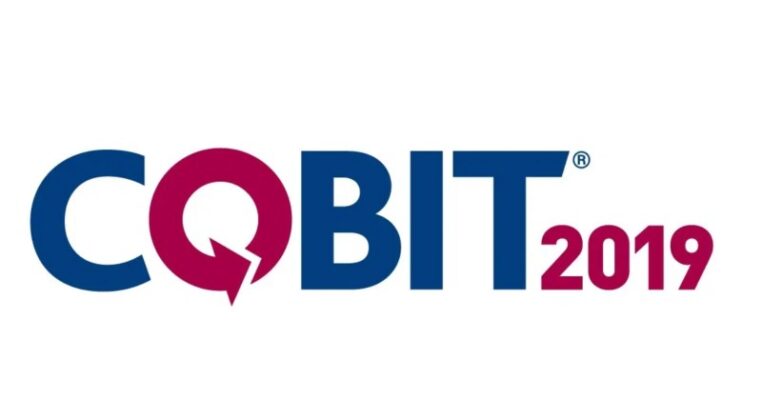
What are the Benefits of COBIT Framework?
The COBIT framework provides templates and guidelines to help to enhance the value of IT within organizations and make the most of it, COBIT Benefits Include:
- Optimizing the cost of IT service within the facilities.
- Ensure the effective and innovative use of information technology in line with the strategic objectives of the enterprise.
- Assists in managing and finding solutions to IT risks.
- It maintains high-quality information to help support business decisions.
- Provides full support to IT companies that adhere to the relevant policies, regulations, laws, and business-oriented contractual agreements.
- It helps to create a complete system for the governance work systems at the level of services provided to clients.
- Interested in increasing the value of investments in information and communication technology systems within the organization by making sure that each business system has a business system or application of information systems.
- Reliance on a unified and standard framework to map the facility at all levels mentioned and link it dynamically and ensure that the effectiveness and efficiency of the framework before starting construction.
- Increase the transparency and maximize visibility into the future of the enterprise.
- The use of standard tools that help interested parties to facilitate trading, and not to rely on individual only, which increase the value of the institutional building.
- Raising the efficiency of those in charge of the work to clarify the activity of the systems and link them to the functional communication of the facility.
- Increase the level of safety in the facility.
What are the COBIT framework components?
- The framework: It organizes the information technology governance process, introduces the best practices according to the IT fields, and links them to business needs.
- Definitions and process objectives: It provides a reference model and a common language for everyone in the organization and includes descriptions of operations and areas of responsibility (from planning, building, operating, and controlling) for all information technology operations.
- Control objectives: Provide a complete set of high-level requirements that management must consider for effective control of each process.
- Management guidelines: Help to define responsibilities better, agree on common goals, measure performance, and clarify interrelationships with other processes.
- Maturity models: Assess the capability maturity of each process and help processing gaps between them.
Renad Al Majd Information Technology (RMG) provides integrated consulting services during all stages of COBIT implementation.
What are the COBIT Principles:
To build an effective IT governance and management system within organizations, must consider the approach followed by the COBIT framework for managing information technology, and it relies on five basic principles:
- The COBIT framework works to meet the stakeholders needs:
It is the most important principle; it helps to identify the main stakeholders and meet their needs and requirements by conducting appropriate analysis of the needs of the stakeholders and providing them with appropriate values at the right time.
COBIT translates the needs of stakeholders into specific, actionable, and tailored goals in the race of goals related to IT exploitation, enabling objectives, and enterprise goals.
Meeting the needs of stakeholders requires the establishment of a management and governance system for information technology assets within the facility, where the following questions are asked before making every decision:
- Who are the benefits or who are the beneficiaries?
- Who bears the risks or who is responsible for the risks involved?
- What resources are required to ensure that the requirements are meet smoothly?
- Covering facilities from start to finish:
The COBIT framework states that the framework must cover the entire facility from start to finish; So that you can manage and operate each department at the same level, all related internal and external IT services are handled, internal and external business processes are handled.
- Implementing a single integrated framework:
The COBIT framework is considered an integrated framework for the following reasons:
- The ability to conform or integrate with the latest relevant frameworks and standards, such as CMMI, Prince 2, TOGAF, ISO 27001, ISO 38500, ITIL, ISO 310001, ISO 9001.
- It is considered the comprehensive means to cover the facility in an integrated manner with the management and governance framework.
- Provide a strong foundation for effectively integrating other frameworks, standards, and practices; To make the facility’s work achieve new heights.
- Its integrated knowledge, that was previously distributed, across various management information technology frameworks.
- I provide a simple structure of guidance materials and produce a consistent product range.
- Enabling a holistic approach:
This principle is concerned with enabling a holistic approach in organizational work, meaning that the entire facility operates as a single unit.
The framework integrates information technology governance in the facility with corporate governance because all parts of any project are related to each other, and this means that any type of problem in any section may lead to problems in the other section.
- Separation of control from management:
The COBIT framework works on a clear distinction between governance and management, as each division requires different types of activities and also requires different organizational structures that serve different purposes.
COBIT is concerned with determining the direction of the enterprise through setting priorities, a decision-making mechanism, in addition to monitoring compliance and extent of progress against fixed goals and trends, and planning, monitoring, and managing various activities in line with and in line with the direction set by the governance body to achieve the organization goals.
COBIT framework enabling factors:
COBIT relies entirely on a comprehensive set of 7 enablers that optimize IT investment and use for the benefit of all stakeholders, which its:
- People, policies, and frameworks.
- Processes
- Organizational structures.
- Culture, ethics, and behaviors.
- Information
- Services, infrastructure, and applications.
- People, skills, and competencies.
The importance of COBIT certificate:
Because of the need to educate individual auditors about when, where, how, and why specific IT audited needs a common language, so the COBIT framework aims to provide a common language for all IT professionals, business people, and compliance auditors; To communicate with each other about IT controls, goals, objectives, and results.
The COBIT certificate enables the enhancement of opportunities in professional life, as it prepares professionals and individuals to meet the global challenges of information technology management and governance, through which you can learn how to manage business and facilities. In addition to Note that COBIT certificate provides a great deal of experience in the following points:
- Information technology management issues and how they may affect the operations of organizations.
- Principle of information technology governance in facilities.
- Access to the methods and enablers of the five basic principles of COBIT.
- Discuss the COBIT framework about the reference model for stages and hierarchies of objectives.
Conclusion:
Information technology has become an essential thing that must be available in establishments regardless of their size and activity, whether commercial, non-profit, or public sector, to enhance their efficiency and the quality of their products/ services, but it may pose a serious risk if it is not managed and audited according to firm scientific foundations; Therefore a comprehensive framework was devised (COBIT framework) to establish an information technology governance system within the concerned facilities to protect themselves from IT risks.
The value of COBIT framework lies in how it is applied and integrated effectively within the work environment, and this often requires the use of a company specializing in the integration of frameworks within the facilities.
For more on how to implement the COBIT framework, contact us for a free consultation session.



